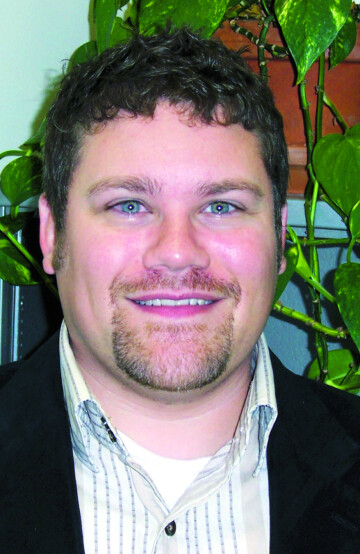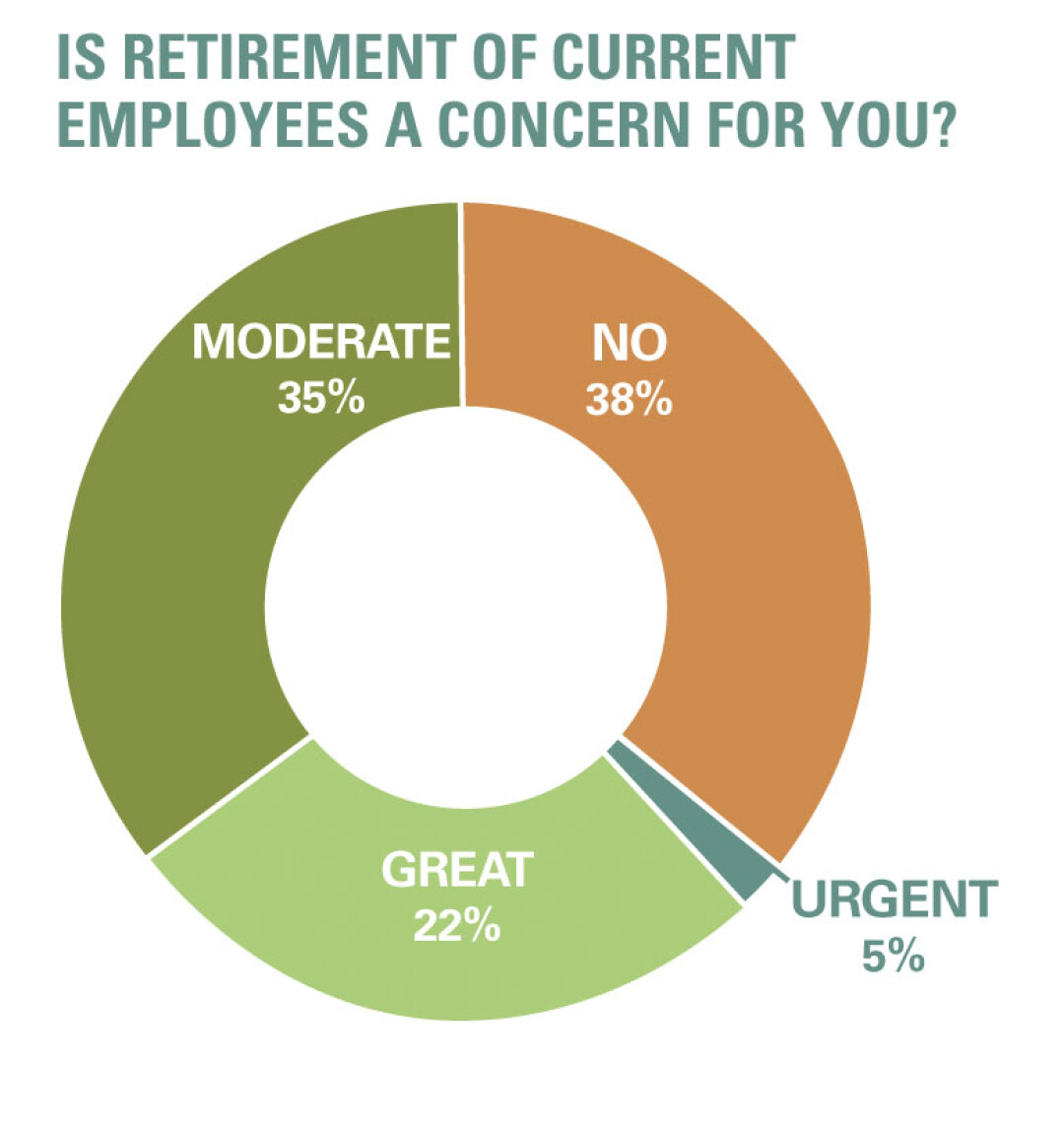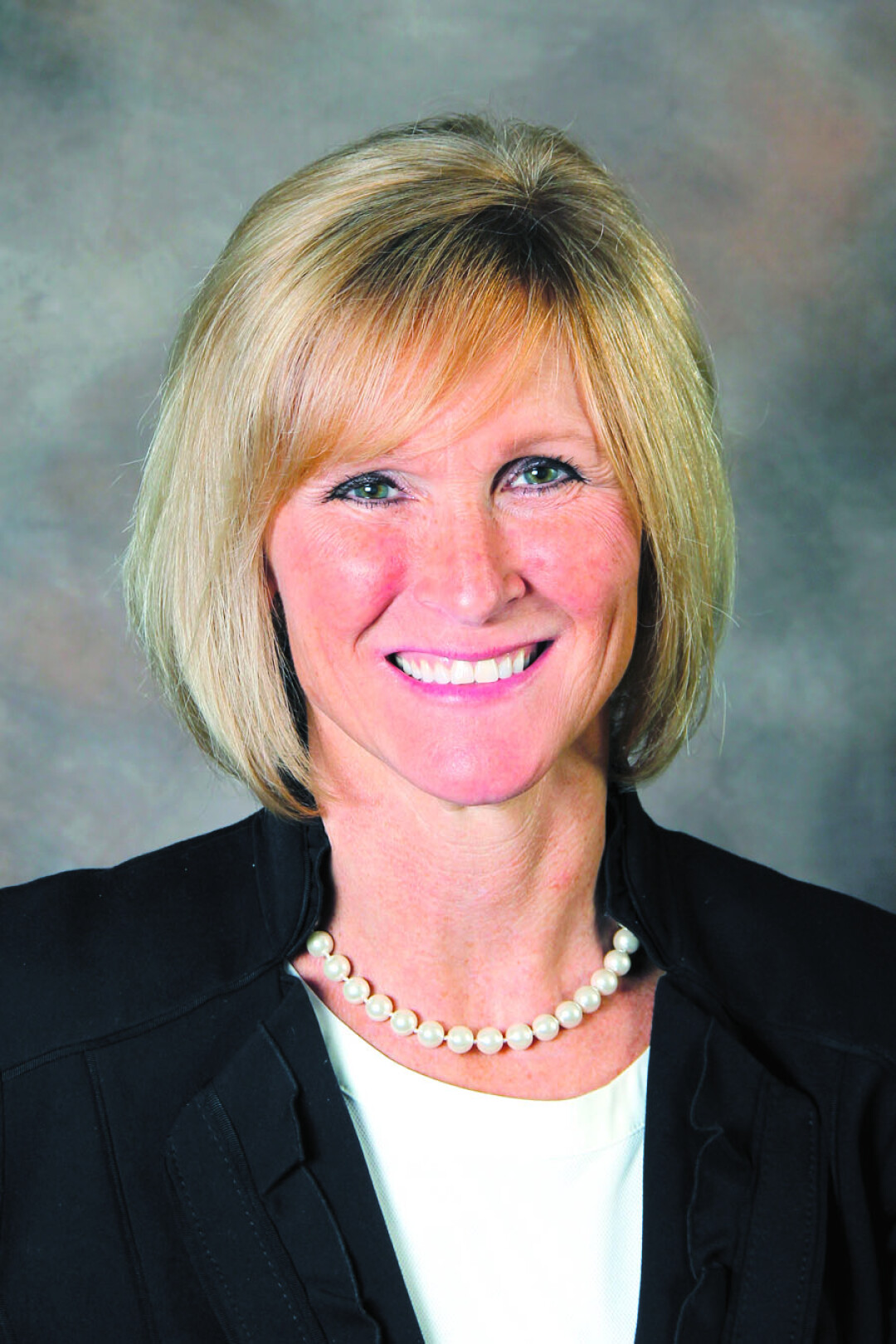Tackling Workforce Challenges
agencies, economists, and educators weigh in on filling the growing holes in the Chippewa Valley’s workforce

When speaking out about the employment picture in our area, Chippewa Valley leaders appear to be bandying about a lot of “C-words” these days: “crisis,” “challenge,” and “competition.”
However, they are also banding together in a spirit embodied in three other C words: “collaboration,” “cooperation,” and “community.”
They are creating new coalitions among business, industry, manufacturing, health care, education, government, and nonprofits.
They are carving out new ways to prepare and share talent in the Chippewa Valley’s hiring climate.

Scott Hodek, regional economist for the state Department of Workforce Development, helped lay out the issues our region faces for “Tackling Our Workforce Challenges,” a panel discussion sponsored by the Eau Claire Area Chamber of Commerce Friday, June 17, at the Clarion Hotel. Being an economist, Hodek backed up every point he made with charts and graphs to emphasize the severity and the opportunity of the Chippewa Valley’s current situation:
1. The economy here is growing, but it’s moderate growth, like the entire nation’s.
2. We are already having trouble filling many occupations, especially in manufacturing, health care, skilled trades, and information technology.
3. Given shifting demographics, with Baby Boomers retiring and little to no labor force growth, we are looking at even a “warm body” problem for every industry.
4. This is a worldwide and nationwide trend, although we are lucky in the west-central region of Wisconsin to have a relatively young population thanks to all our postsecondary educational institutions.
5. And even though some students might leave upon graduation, keeping them here after graduation is easier than trying to lure them back after they have left, and that’s much easier than trying to attract someone here “cold” from elsewhere. Familiarity with our area is a big plus in terms of success rates.
That fifth point was brought home by a recent event for nearly 200 UW-Eau Claire alumni under the age of 35 at a St. Paul Saints baseball game hosted by the Eau Claire Area Chamber of Commerce, UW-Eau Claire, Visit Eau Claire, and a number of local companies. The purpose: to talk about what Eau Claire is like today, to highlight job opportunities available here (more than when many of these alumni graduated, that’s for sure), and to get them thinking about coming back to Eau Claire to work. A feature article by Blugold journalism alum Steve Koepp in the July 11 issue of Time magazine about how cool and compelling Eau Claire is today might bring them back, too.

Some UWEC grads don’t need an event or an article to attract them back home to their alma mater. MacKenzie (Parfitt) Seidel (a 2006 mass communications-advertising and marketing grad), and her husband, Kyle (a December 2006 management information systems grad) left UWEC upon graduation because of better job opportunities and family proximity in the Twin Cities. A decade later, with two young children in tow, Kyle now works in identity access management (IAM) for Bremer Bank and MacKenzie is toying with some entrepreneurial concepts after working in marketing for various organizations, They recently bought their dream “cowboy ranch” hobby farm just outside Eau Claire.
“We came to a point in the Twin Cities with our housing development, commute, and jobs, that we felt like we were ‘living to work’ rather than ‘working to live,’ ” MacKenzie said in a phone interview. “In Eau Claire, we can have work-life balance. We can live in the country yet just be less than 10 to 15 minutes from a grocery store, hospital and clinic, and a great Eau Claire school system.”
Hodek concluded his setting of the stage by sharing two charts gleaned from the Chippewa Valley Skills Gap Survey conducted in 2015.
• Seventy-two percent of employers responded “yes” to the question: “Do you have difficulty filling certain positions?”
• Only 38 percent of employers responded that retirement of current employees is of no concern, leaving 62 percent responding “yes” (5 percent “urgent”; 22 percent “great”; and 35 percent “moderate”).
The survey also provided a summary of hard-to-fill position openings and a summary of anticipated retirements. These charts speak for themselves.

Janice Lemminger, executive vice president for Manpower, a world leader in workforce solutions, shared real-world examples of companies competing for the same talent. By taking models that already exist and applying them a little differently, there can be more winners than losers in this competition for talent.
Lemminger suggested that we need to share talent pools to meet our current workforce challenges, even here in the Chippewa Valley. There is an opportunity to move from ad hoc approaches to formalized, strategic models that competitors would co-design and customize. A lot has to do with Millennials in the workforce who expect flexibility, mobility, engagement, and independence.
Lemminger also remarked about how to get people with employment barriers – such as criminal records, limited English skills, lack of transportation, drug/alcohol abuse, lack of marketable skills, or poor work histories – into the workforce. In the Chippewa Valley, the United Way has established micro-grants and is partnering with Chippewa Valley Technical College to train people with barriers in needed fields. “Candidates with barriers to employment who have been trained and vetted by a reputable workforce development agency represent no greater risk of turnover than a candidate from the general public,” she said.
Lemminger noted that there are 138,000 unemployed Wisconsinites, or enough people to fill Lambeau Field one and three-quarters times. By comparison, only 68 percent of working-age people in the state participate in the labor force, meaning 32 percent of this group, or 971,000 people – enough to fill Lambeau Field a dozen times – are essentially off the labor market grid. More must be done to encourage these people to enter the workforce.
A new program, the Wisconsin Job Honor Awards, was established last year to highlight people who have overcome challenges (such as physical or mental disabilities, criminal records, or long-term unemployment) and have nonetheless succeeded in the workforce.
Deb Leslie, CEO of Workforce Resource – a nonprofit whose mission is to align the needs of the workforce with the needs of businesses for a strong, sustainable regional economy – had concrete examples of the workforce shortage already present in the Chippewa Valley.
In road construction, for example, Workforce Resource helped train a number of high school students and graduates at a local road construction firm. “Some new hires last one day and do not return after a dawn-to-dusk job,” she said. “It could be they were not physically fit enough to handle the job. This training allowed for a nutritionist to teach them how to eat and hydrate correctly. In addition, the training provided physical conditioning to help them with lifting and other critical components of this demanding job. A lunch pail filled with Red Bull and a bag of Fritos would not cut it.
“In addition,” she continued, “we learned some individuals do not know how to read maps. They grew up with GPS, and when you’re building a road without any specific addresses, GPS does not work. So we created a map-reading class and taught these students how to read a map.”
The health care industry is already experiencing shortages of certified nursing assistants, Leslie added. To thwart that problem in an area where the number of senior citizens is growing, her organization partnered with Grace Lutheran Foundation to train high school students in this field. When a student takes the state exam and passes, his or her high school receives $1,000 from this program that Workforce Resource engaged in with the state and federal governments.

Dave Oldenberg, director of academic services for the Eau Claire Area School District, discussed how the district is fulfilling the Department of Public Instruction’s initiative in academic and career planning.
“Our pre-K to grade 12 students need to be afforded awareness of local career opportunities, exposure to those employers and opportunities to put their ‘feet on the ground’ in those fields, and then circle back and provide the educational programming that prepares these students with both the skills and abilities to succeed in both the existing and emerging employment markets,” Oldenberg said.
Nearly 80 percent of students in the Eau Claire district graduate with at least one post-secondary career-related experience, whether an internship or immersion, Oldenberg added.
Steve Jahn, executive director of Momentum West – an economic development nonprofit that uses partnerships and leverages resources to help the economy of west-central Wisconsin grow – relayed his organization’s Workforce Analysis of the Momentum West 10-county region project. This project would position our economy in the most competitive and sustainable position over the next five to 10 years and beyond to develop, attract, and retain talent, Jahn said.
“Three days of interviews by two teams of representatives from the Center for Regional Economic Competitiveness just wrapped up,” Jahn said. “This is the firm that we’ve hired to help orchestrate this project. More than 75 representatives from area businesses, industry, workforce, planning, economic development, and education, met with CREC’s teams. Discussions focused on existing efforts, current and future workforce challenges, and strategies to address these challenges. CREC will be back in the area in late July for additional conversations. Once they have gathered sufficient data, then they will be providing us with a workforce analysis of the area, analysis of existing assets and workforce attraction or retention efforts in our region, and an action plan that outlines talent attraction and retention implementation strategies and specific action items for the region.”

